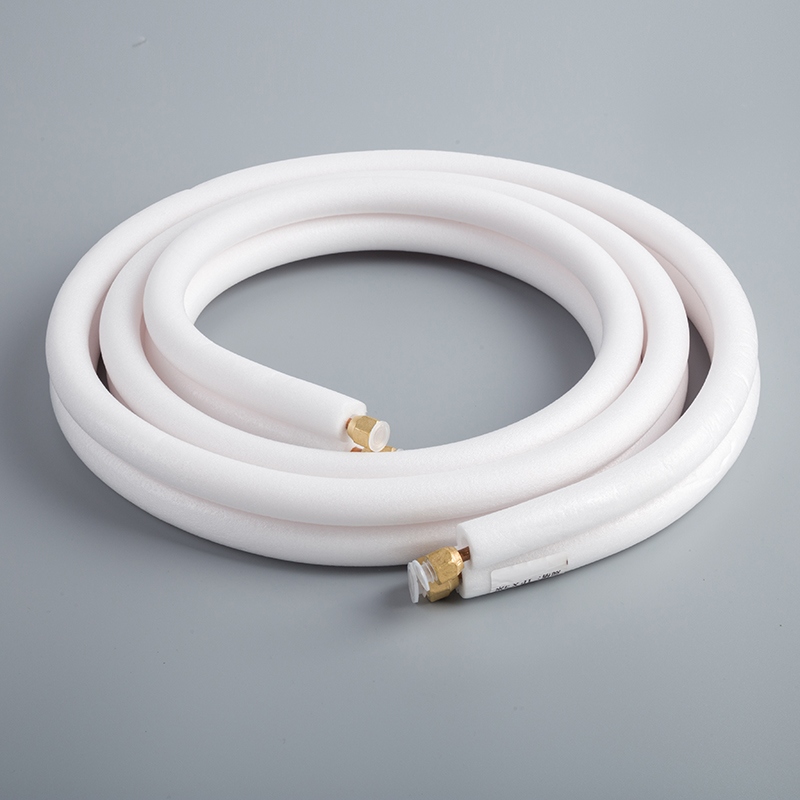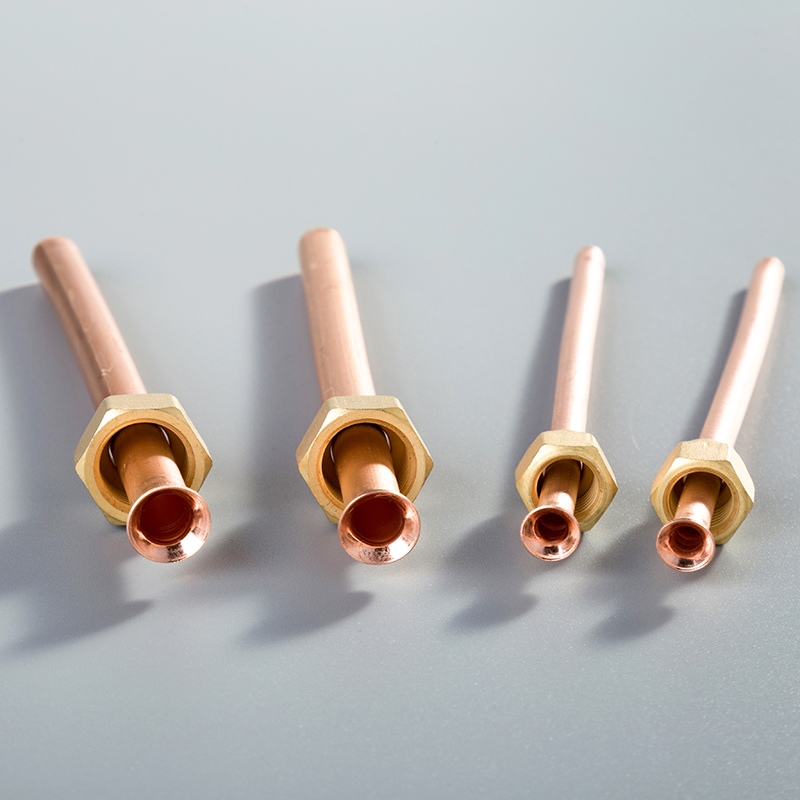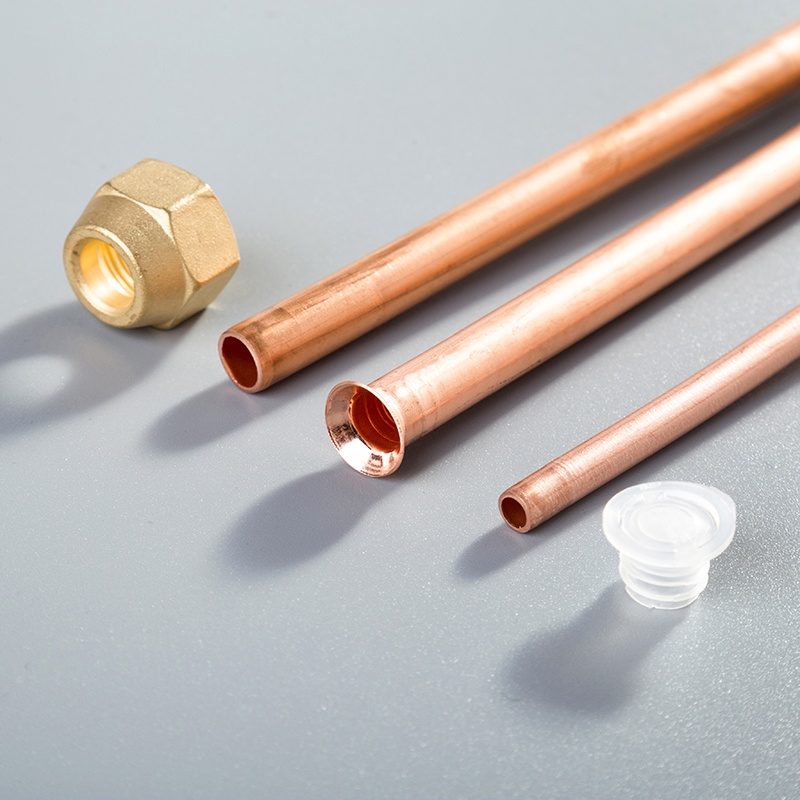Historical Price Trends of Copper Pipes

Copper pipes play a vital role across diverse industries, from plumbing to electrical applications. Understanding the historical price trends of copper is paramount for informed decision-making. This Trends blog post delves into the intriguing journey of historical price trends of copper pipes over centuries, offering valuable insights into market dynamics and future projections.
Historical Context of Copper Pipe Prices

In the ancient and medieval periods, copper pipes emerged as valuable assets for various applications. The pricing during these eras reflected the rarity and versatility of copper in meeting societal needs. With the onset of the Industrial Revolution, copper pipe prices witnessed a significant shift. The demand surged as industries recognized the durability and conductivity of copper, leading to an increase in its market value.
As the 20th century unfolded, copper pipes became integral to post-war economic recovery efforts. The boom in construction and infrastructure projects fueled a steady rise in copper prices. Moreover, technological advancements revolutionized manufacturing processes, impacting price fluctuations in the market. Innovations in production techniques influenced the cost dynamics of copper pipes, reflecting a balance between supply and demand.
Transitioning into recent decades, the 2000s brought forth new economic factors shaping copper pipe prices. Global markets interconnected more than ever before, influencing the pricing mechanisms of commodities like copper. The impact of globalization on trade patterns and industrial growth reverberated through copper prices, highlighting the interconnectedness of economies on a global scale.
Factors Influencing Copper Pipe Prices
Supply and Demand Dynamics
Mining and Production Levels
Copper pipe prices are intricately linked to the mining and production levels of copper.
The extraction of copper from mines directly impacts the availability of raw materials for manufacturing pipes.
Fluctuations in mining output can lead to variations in supply, subsequently affecting the overall pricing of copper pipes.
Industrial and Consumer Demand
Industrial and consumer demand serve as significant drivers influencing the prices of copper pipes.
Industries requiring copper pipes for various applications contribute to a substantial portion of the demand.
Additionally, consumer demand for products utilizing copper pipes further propels market dynamics, impacting price trends.
Economic Indicators
Inflation and Currency Exchange Rates
Inflation rates and currency exchange fluctuations play a pivotal role in determining the pricing of copper pipes.
High inflation can lead to increased production costs, reflecting in higher prices for copper pipes.
Likewise, currency exchange rate variations impact import/export scenarios, influencing the final cost of copper pipes.
Global Economic Health
The global economic health serves as a crucial factor shaping the landscape of copper pipe prices.
Economic stability or downturns in major markets worldwide can directly impact the demand-supply equilibrium.
Understanding the pulse of global economies is essential in forecasting potential shifts in copper pipe prices.
Technological and Environmental Factors
Advancements in Production Technology
Technological advancements in manufacturing processes significantly influence the pricing of copper pipes.
Innovations leading to more efficient production methods can lower manufacturing costs, potentially reducing final product prices.
Environmental Regulations and Sustainability Efforts
Environmental regulations and sustainability initiatives have emerged as key determinants affecting copper pipe prices.
Compliance with eco-friendly standards may require additional investments, impacting production costs which could translate into higher prices for consumers.
Case Studies of Price Trends

Major Price Spikes and Drops
During the 2008 Financial Crisis, the copper market experienced unprecedented turbulence. Prices surged to record highs, reflecting investor uncertainties and market instabilities. The sudden spike in prices sent shockwaves across industries reliant on copper pipes, prompting strategic reassessments of supply chain resilience.
Amid the COVID-19 Pandemic, copper prices faced a contrasting scenario. The global economic slowdown led to a sharp decline in demand for commodities, including copper. Plummeting prices highlighted the vulnerability of markets to external shocks, emphasizing the intricate balance between economic health and commodity pricing dynamics.
Long-term Price Stability Periods
In the 1990s Economic Stability, copper prices enjoyed a period of relative calm amidst flourishing economies. Steady growth and controlled inflation rates contributed to a stable pricing environment for copper pipes. This era underscored the significance of economic predictability in fostering sustainable market conditions for essential commodities like copper.
Transitioning into the Early 2010s Market Conditions, copper prices navigated through evolving trade landscapes and technological advancements. Despite occasional fluctuations, overall stability characterized this period, offering industries a conducive environment for long-term planning and investment strategies tailored around reliable pricing structures.
Future Projections for Copper Pipe Prices
Emerging Market Trends
Renewable Energy and Green Technologies
The shift towards sustainable practices in various industries is driving the demand for copper pipes.
Industries are increasingly adopting renewable energy sources, creating a surge in the need for efficient copper pipe systems.
The integration of green technologies necessitates reliable and durable copper pipes to support energy-efficient infrastructures.
As the focus on environmental conservation grows, the market for copper pipes is projected to expand further.
Urbanization and Infrastructure Development
Rapid urbanization across regions is propelling infrastructure development, boosting the demand for copper pipes.
Urban expansion requires robust plumbing and electrical systems, where copper pipes play a vital role.
The versatility and longevity of copper pipes make them ideal for urban infrastructure projects worldwide.
With ongoing urbanization trends, the future of copper pipe prices looks promising.
Potential Economic Scenarios
Global Recession Impacts
Economic downturns can have varying effects on commodity markets like that of copper pipes.
During recessions, reduced construction activities may lead to a temporary decline in copper pipe prices.
However, the inherent value and indispensability of copper in multiple sectors often cushion it from severe price fluctuations during global recessions.
Monitoring economic indicators closely can provide insights into potential impacts on future copper pipe prices.
Technological Breakthroughs
Advancements in manufacturing processes and material sciences could revolutionize the production of copper pipes.
Innovative techniques may enhance efficiency, reducing production costs and potentially influencing pricing dynamics positively.
Technological breakthroughs might introduce new applications for copper pipes, expanding their market reach and relevance.
Keeping abreast of technological developments is crucial for anticipating shifts in the landscape of copper pipe prices.
The historical journey of copper pipe prices unveils a narrative of evolution and resilience in the face of economic shifts.
Reflecting on supply-demand dynamics, economic indicators, and technological advancements provides insights into pricing trends.
Future projections indicate a promising landscape for industries reliant on copper pipes, driven by sustainable practices and urbanization trends.
See Also
Revealing the Development of 1 2 Copper Piping in Building
Exploring Top Offers for 1/2 Inch Copper Tubing
Explore the Lifespan of Copper Piping Underground
The Superiority of Copper Pipes Over PVC: Eco-Friendly Perspectives


